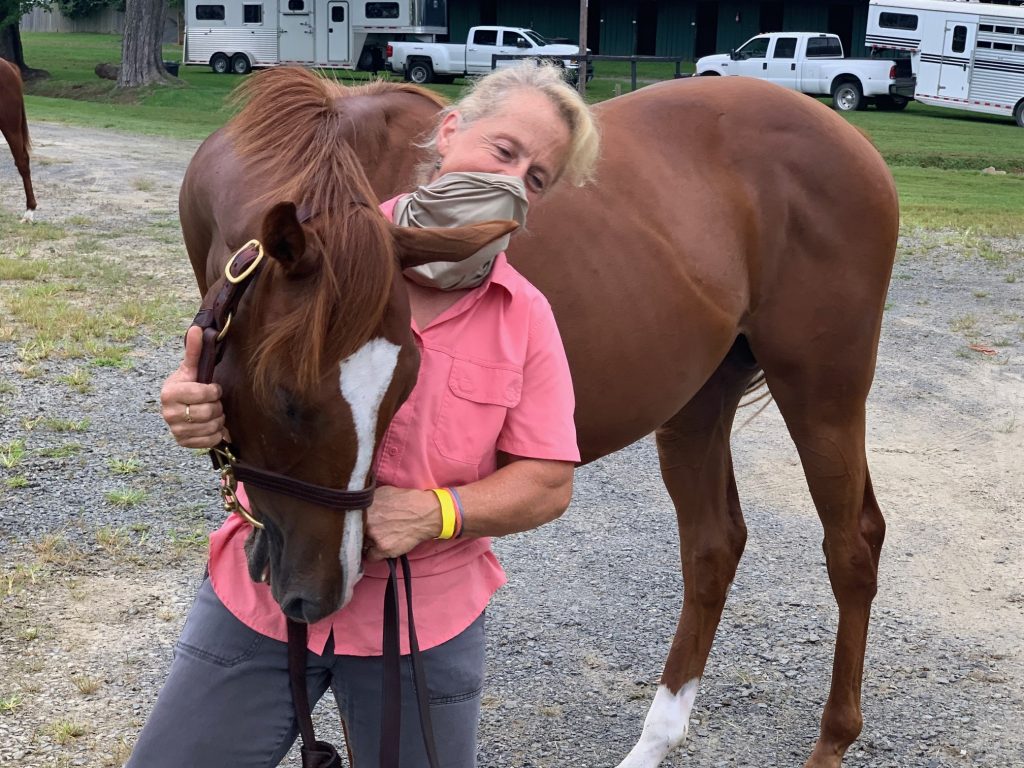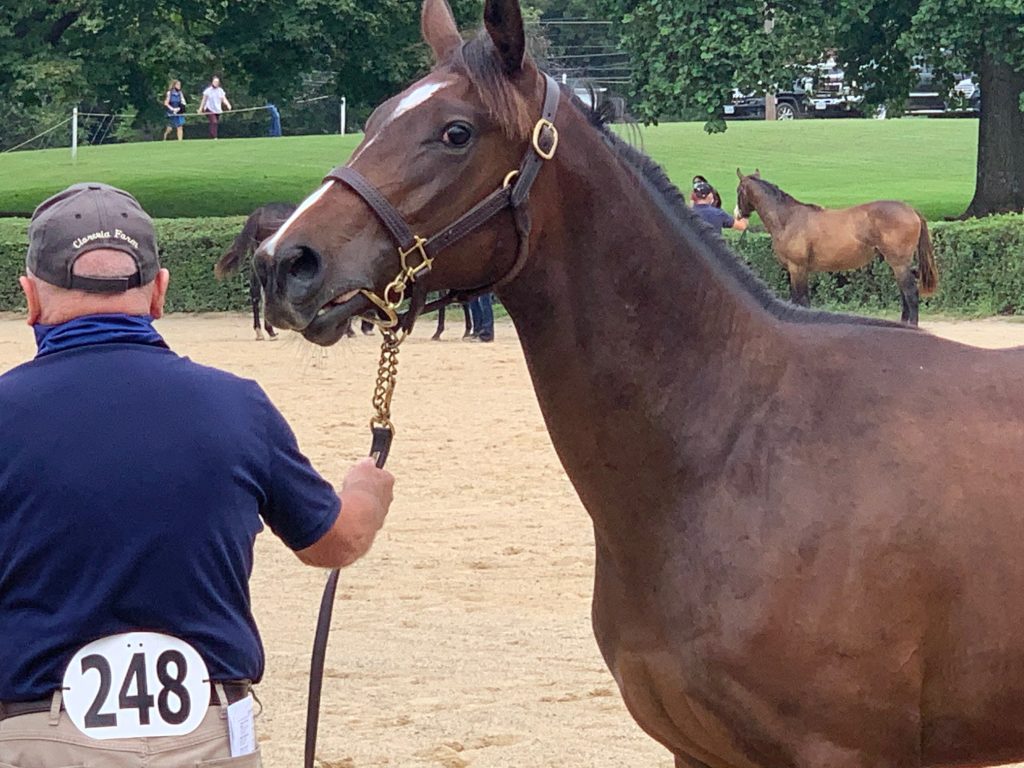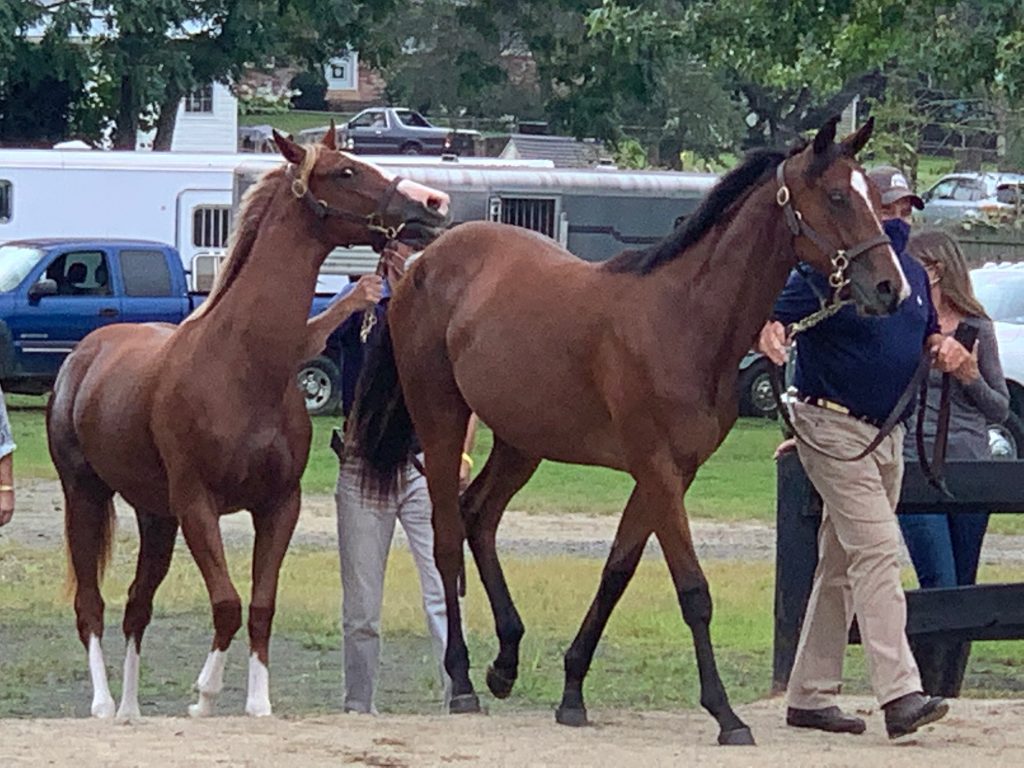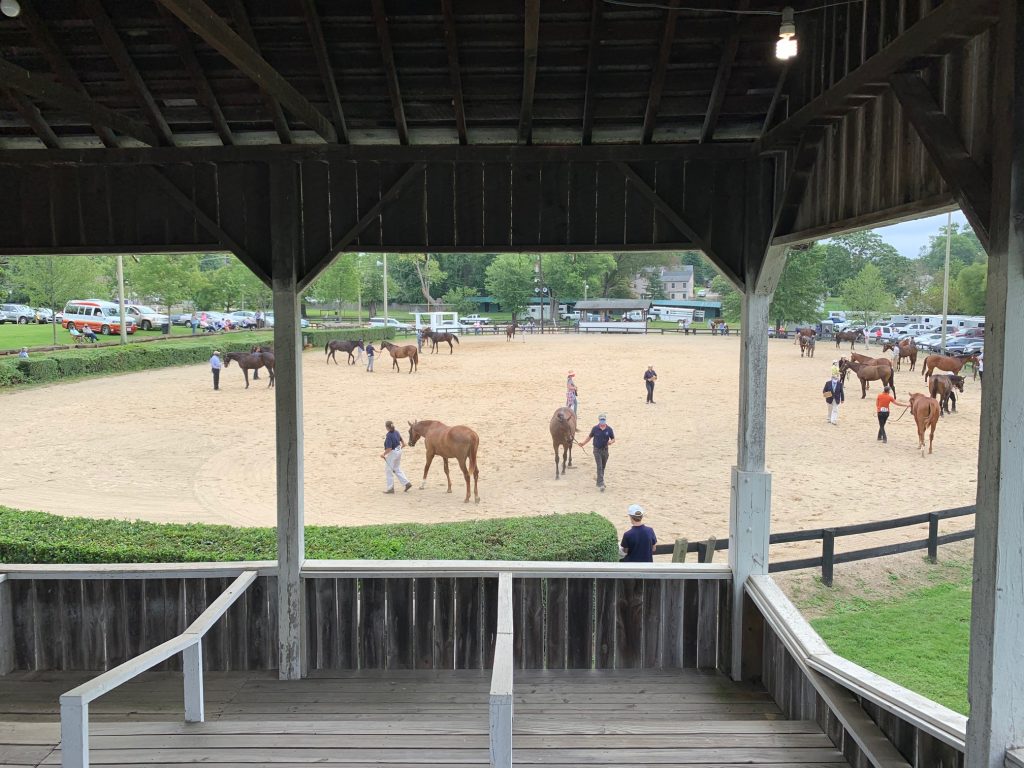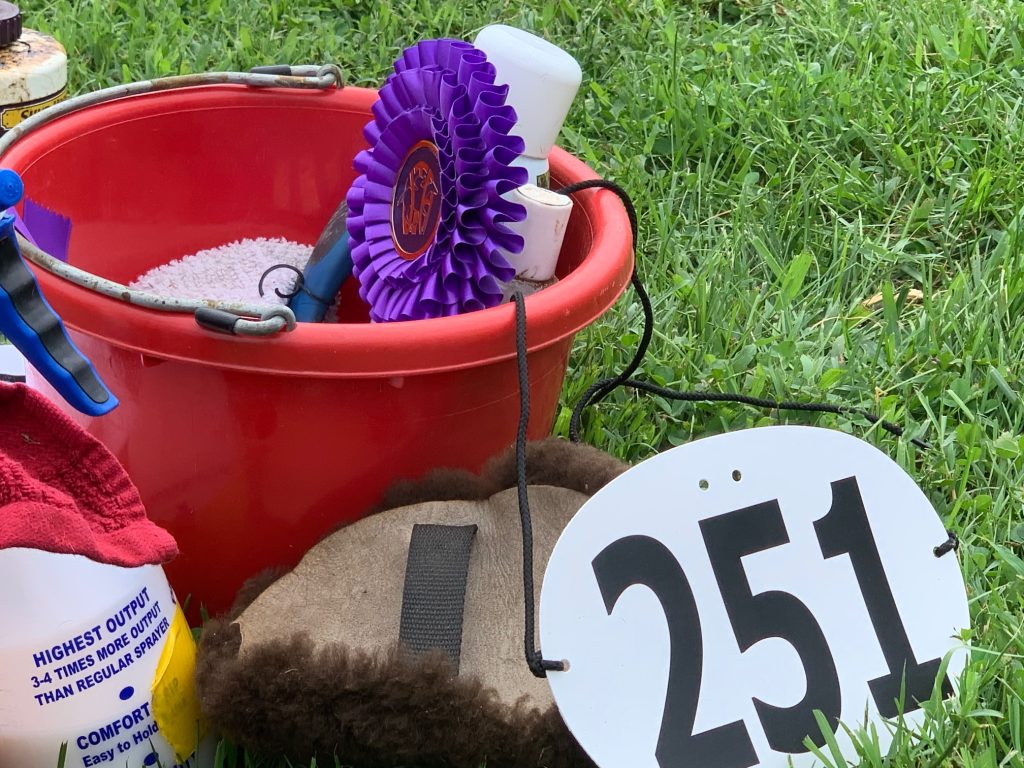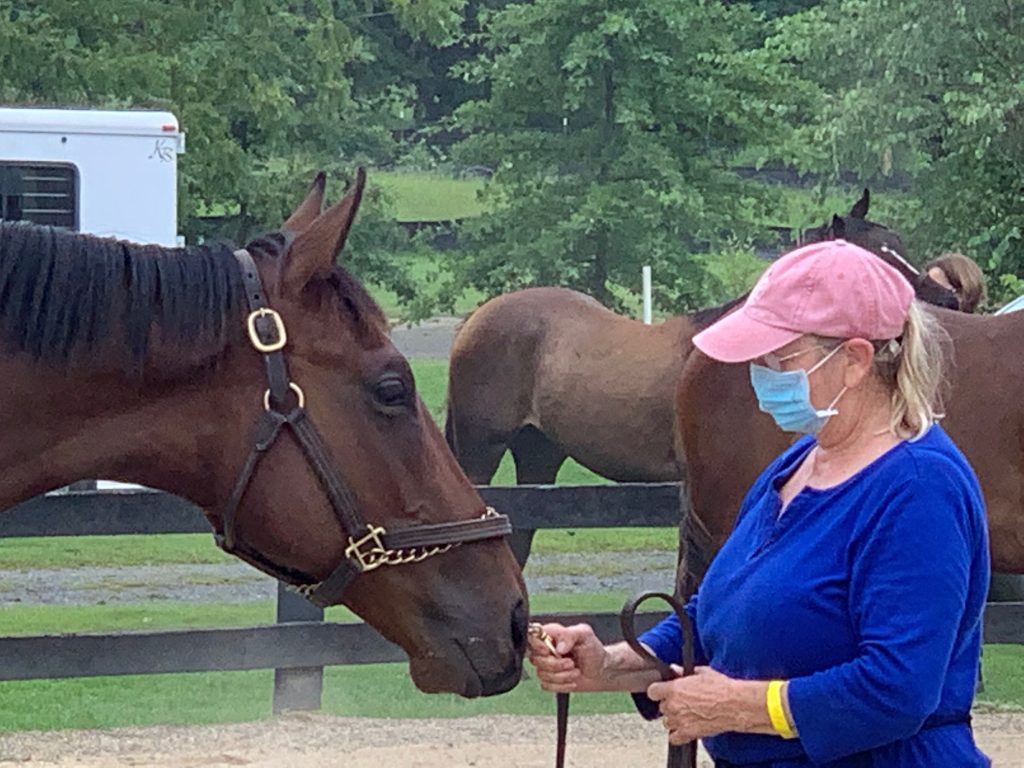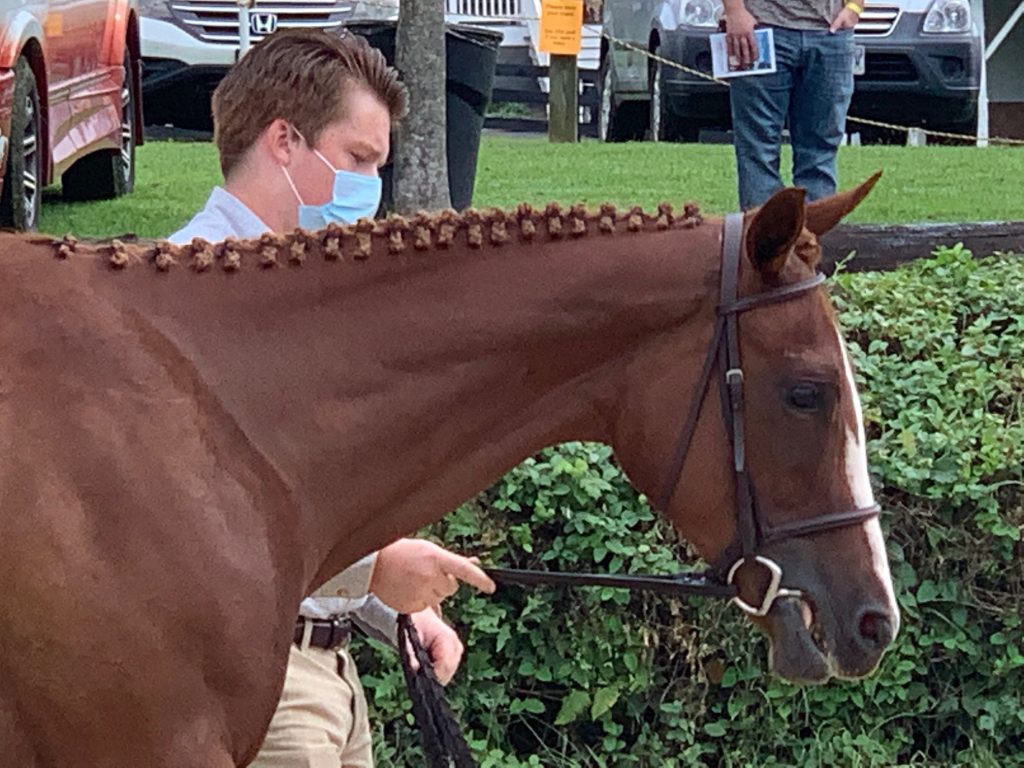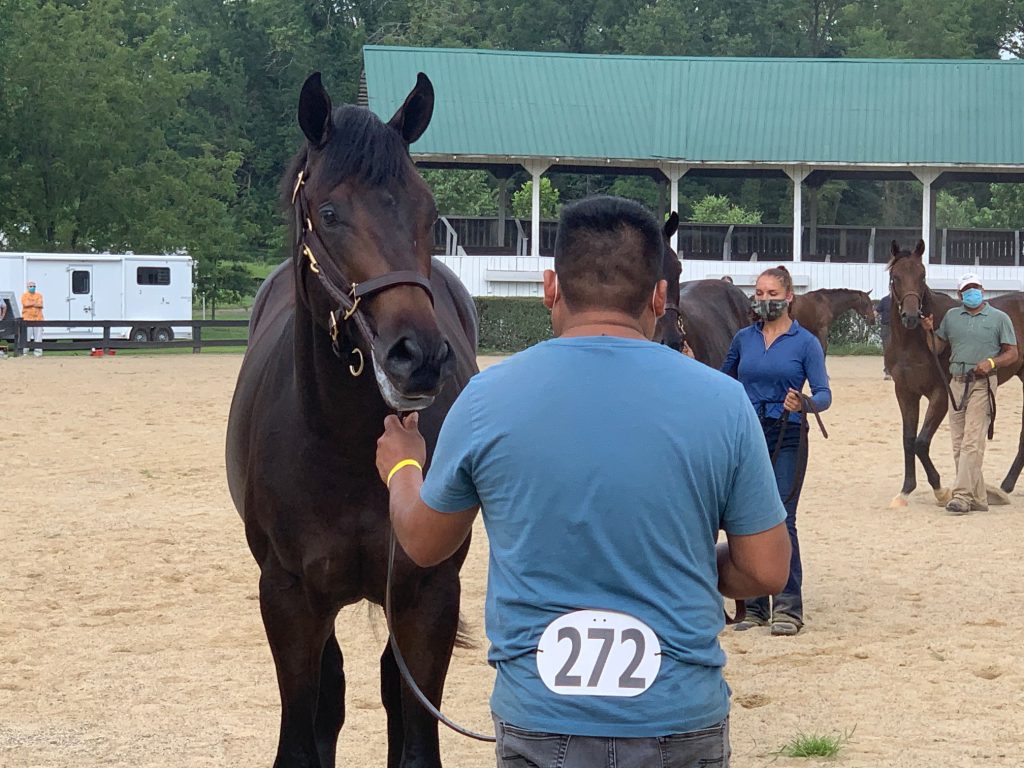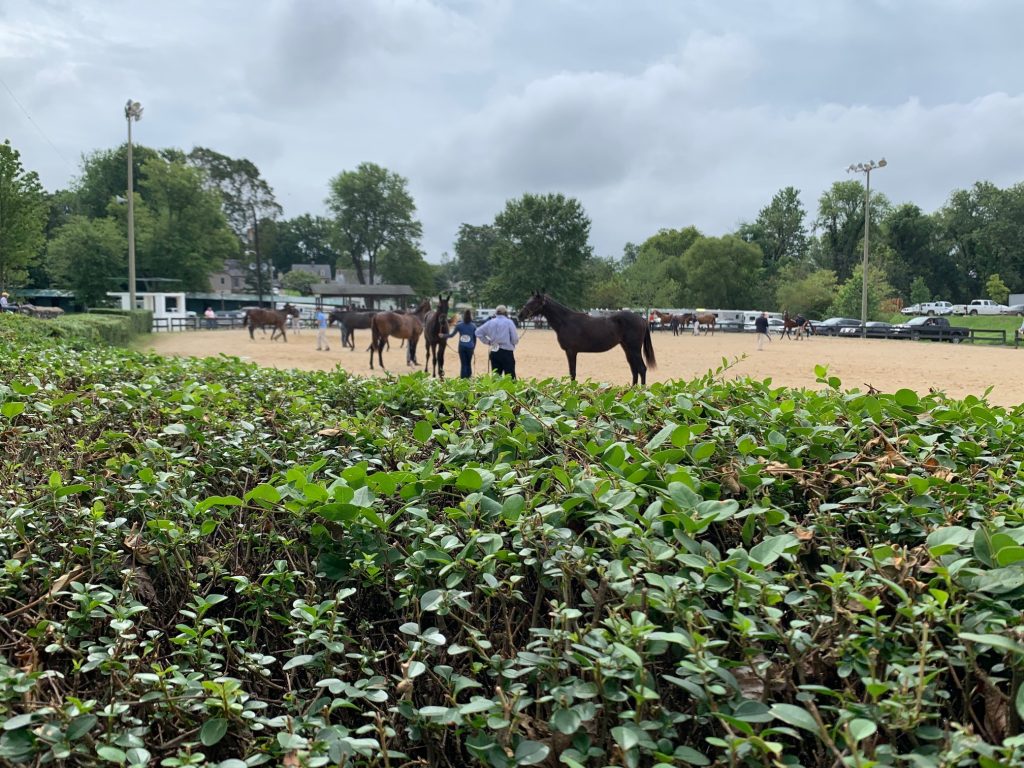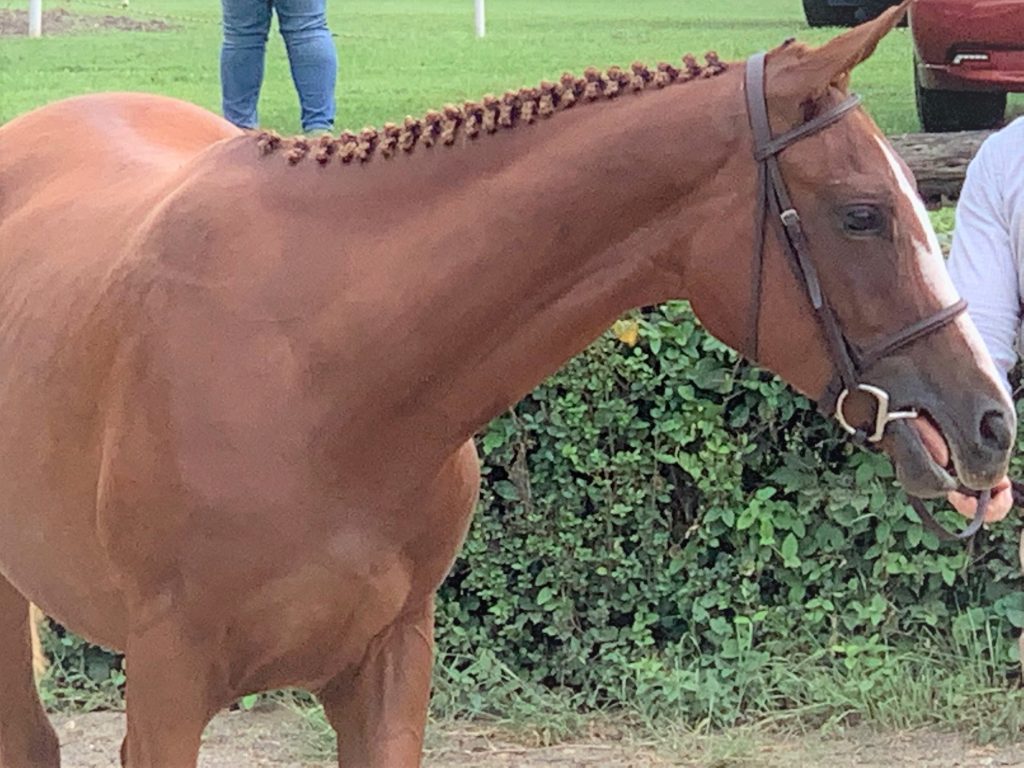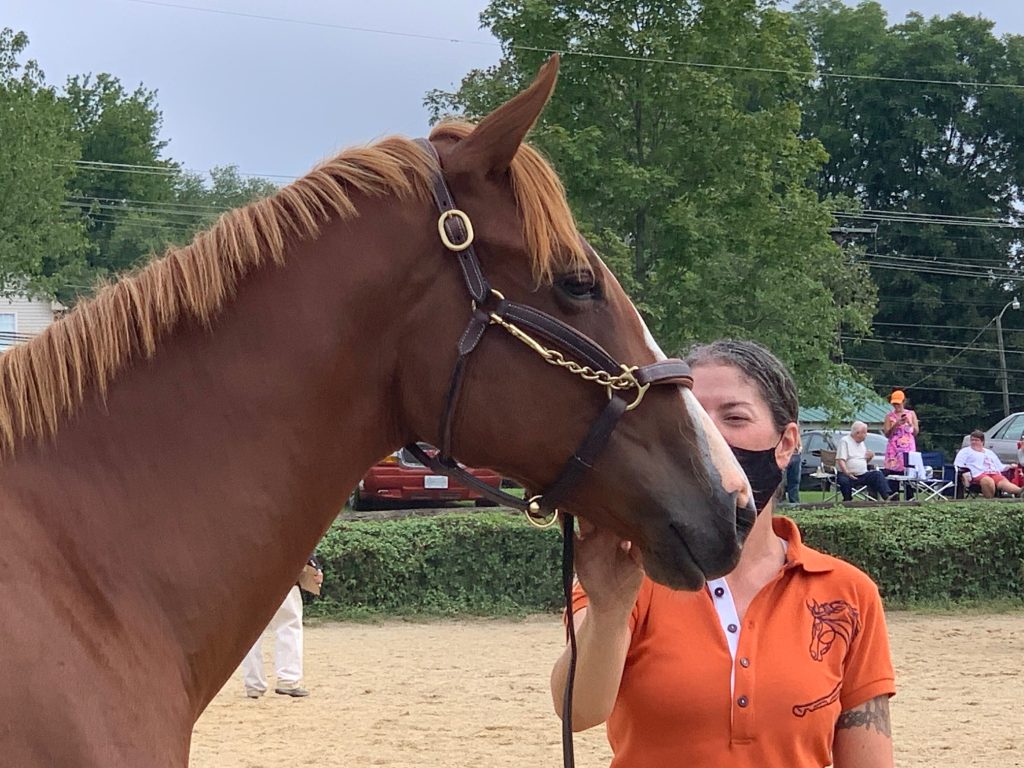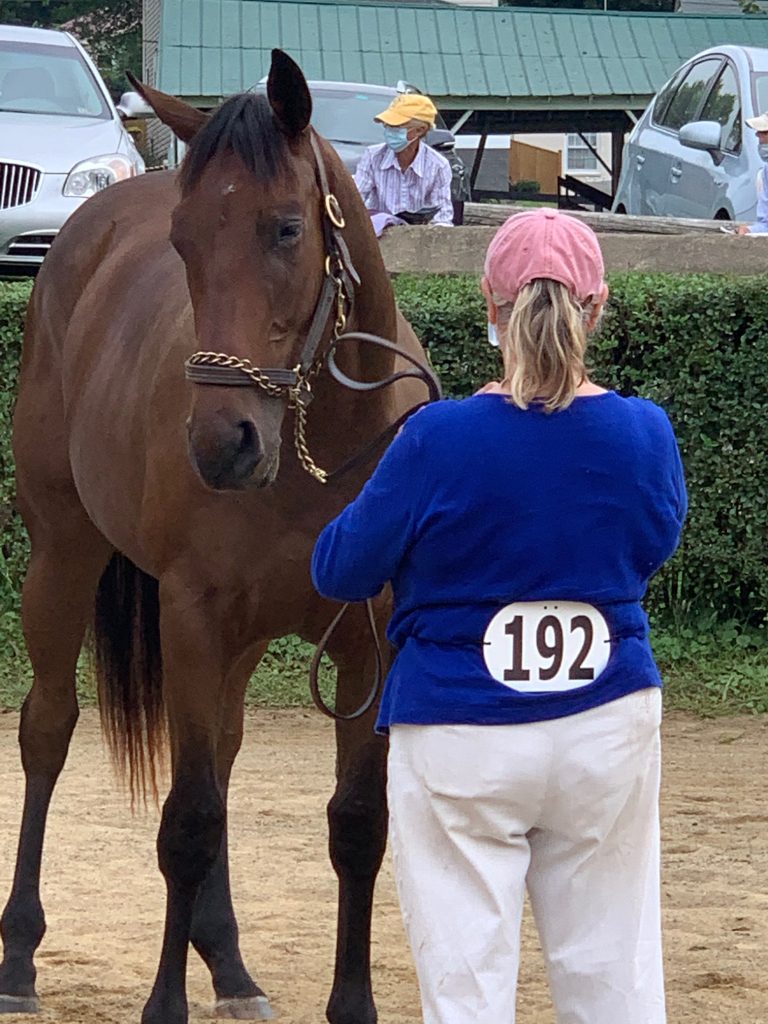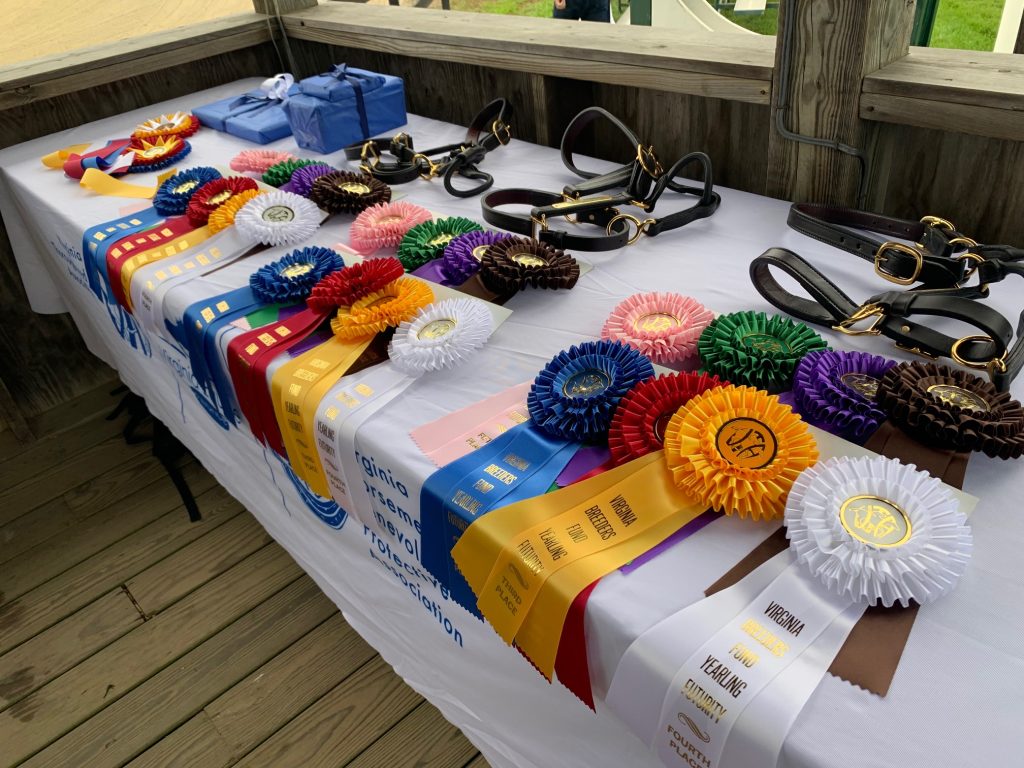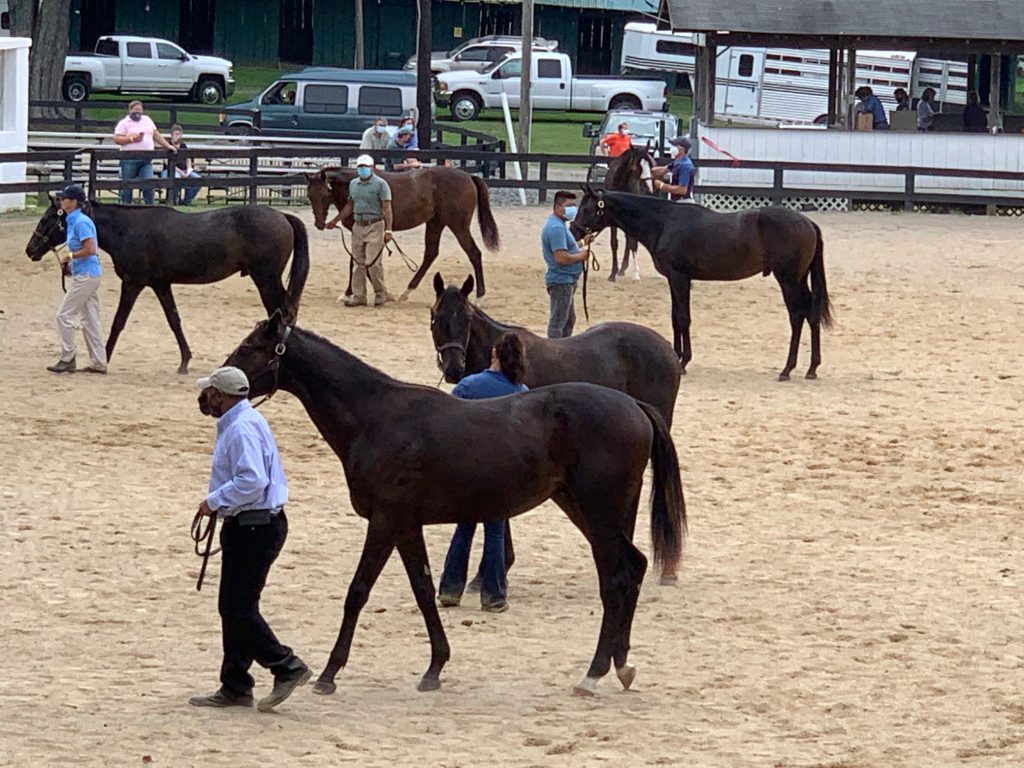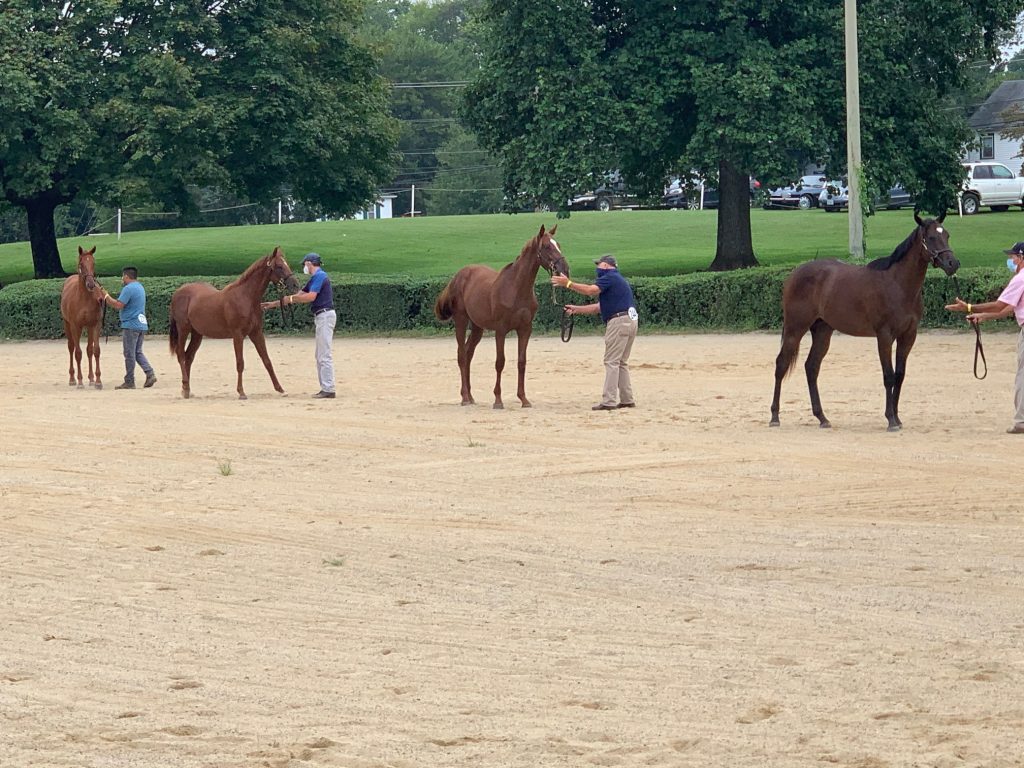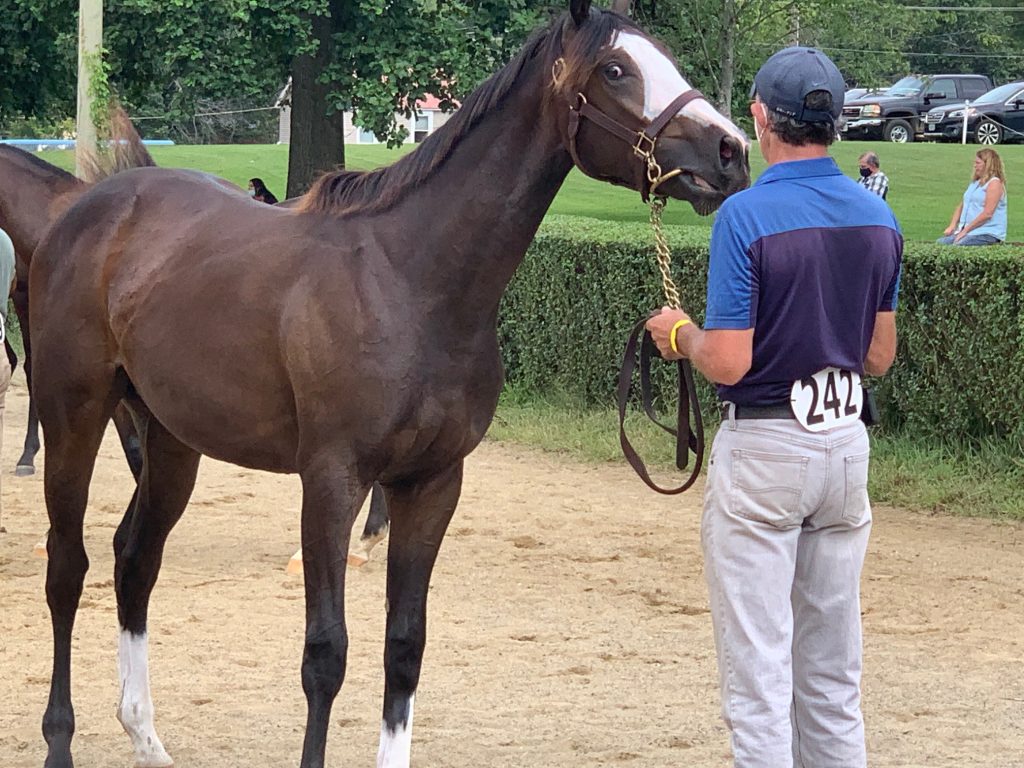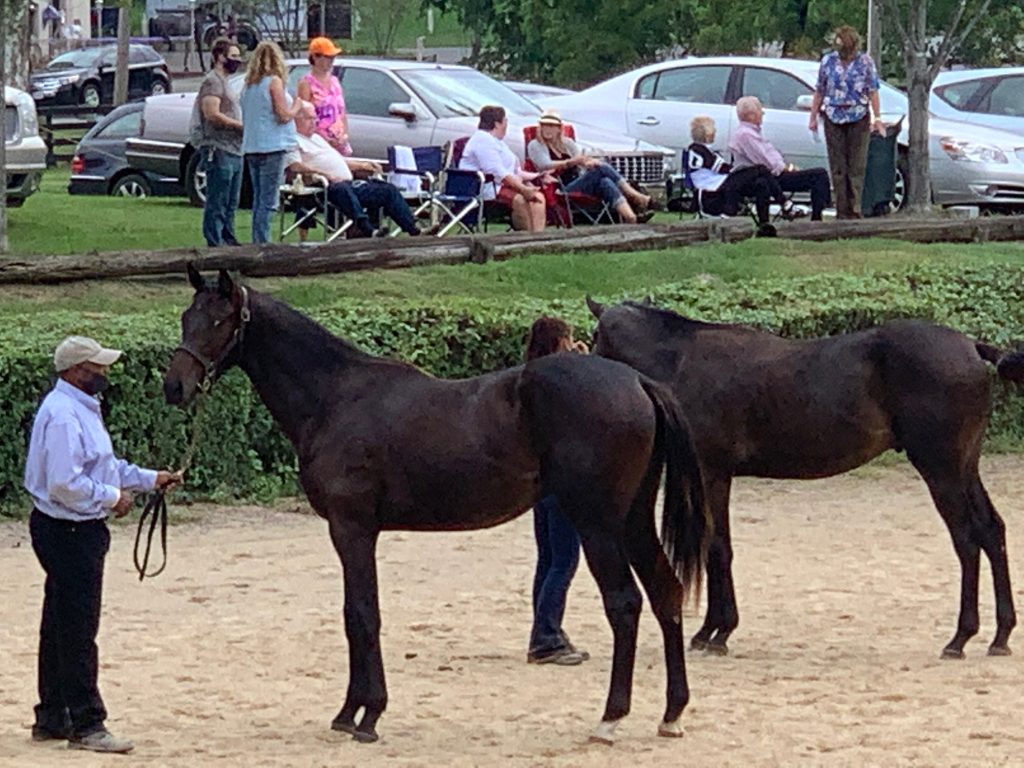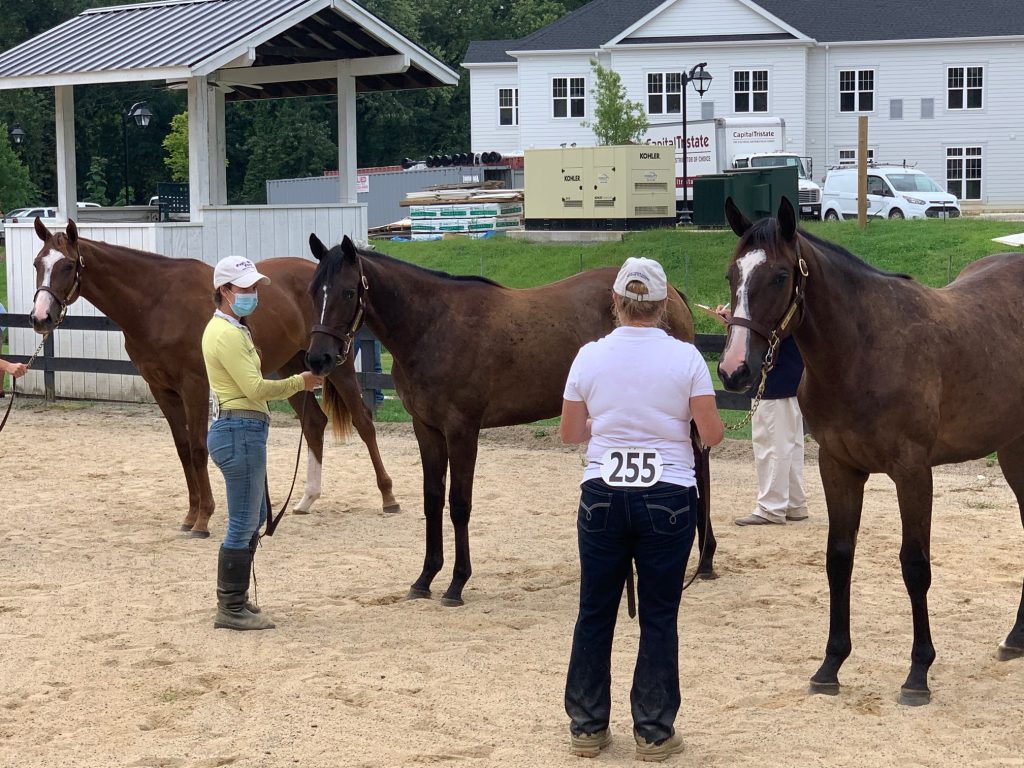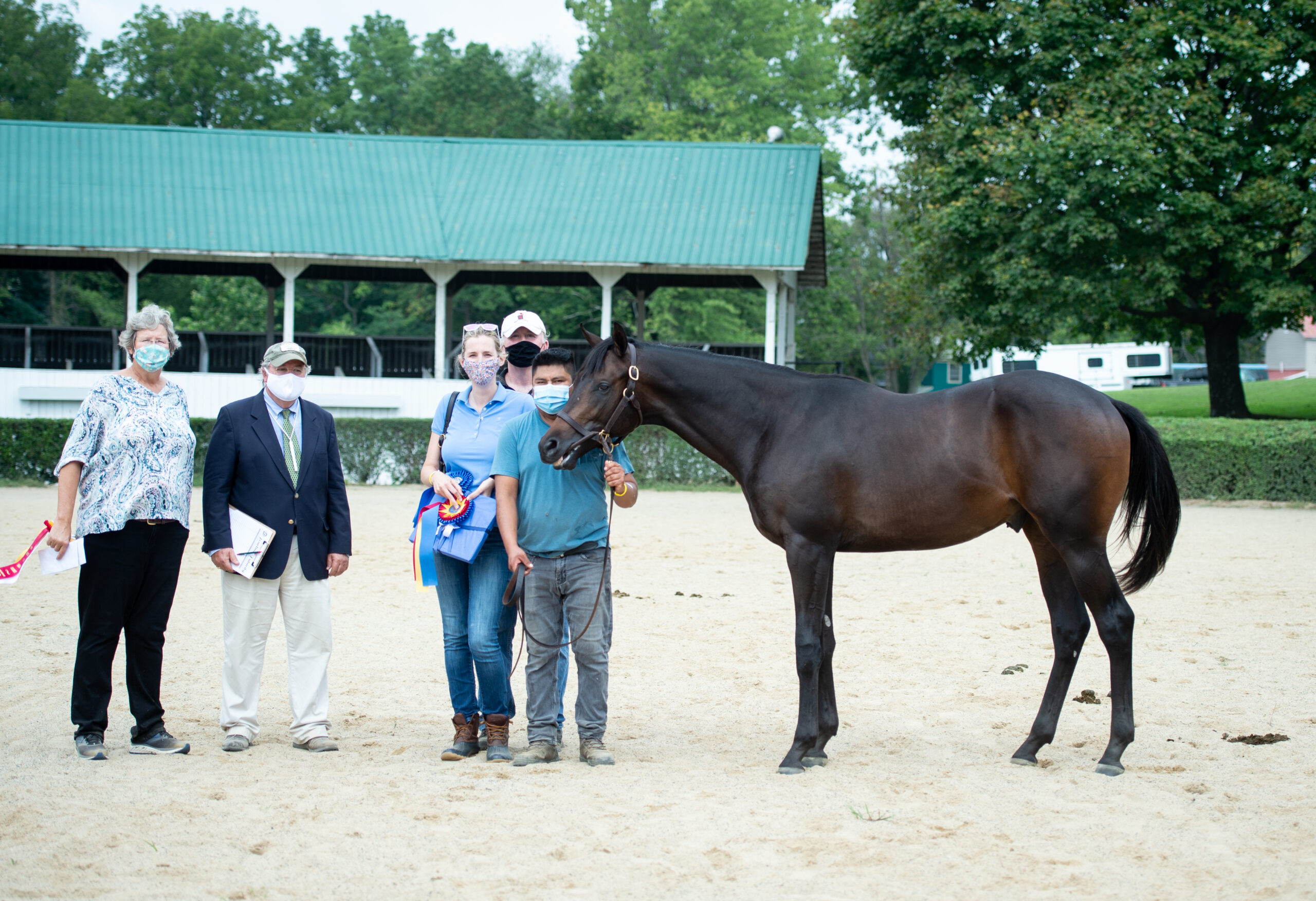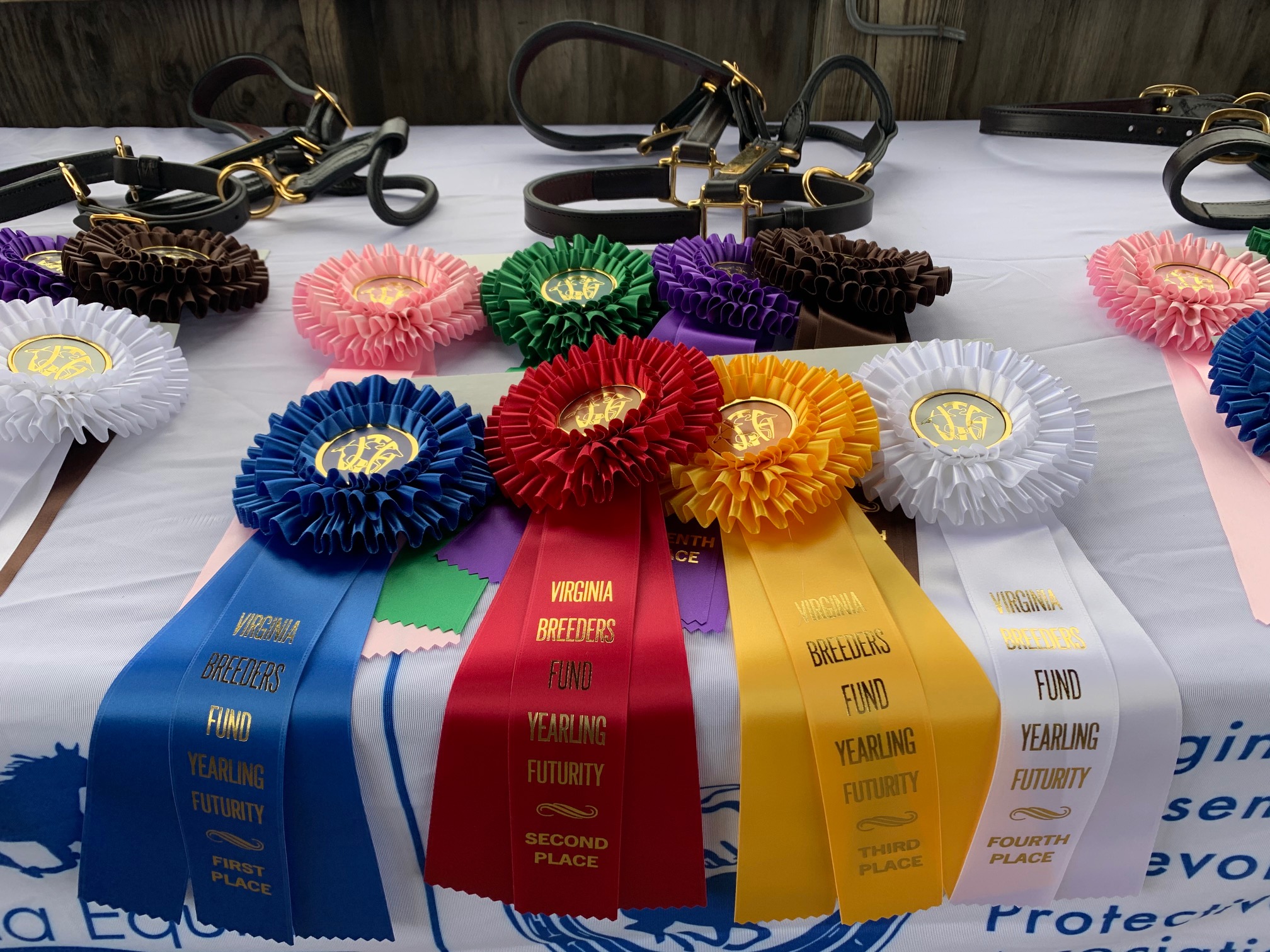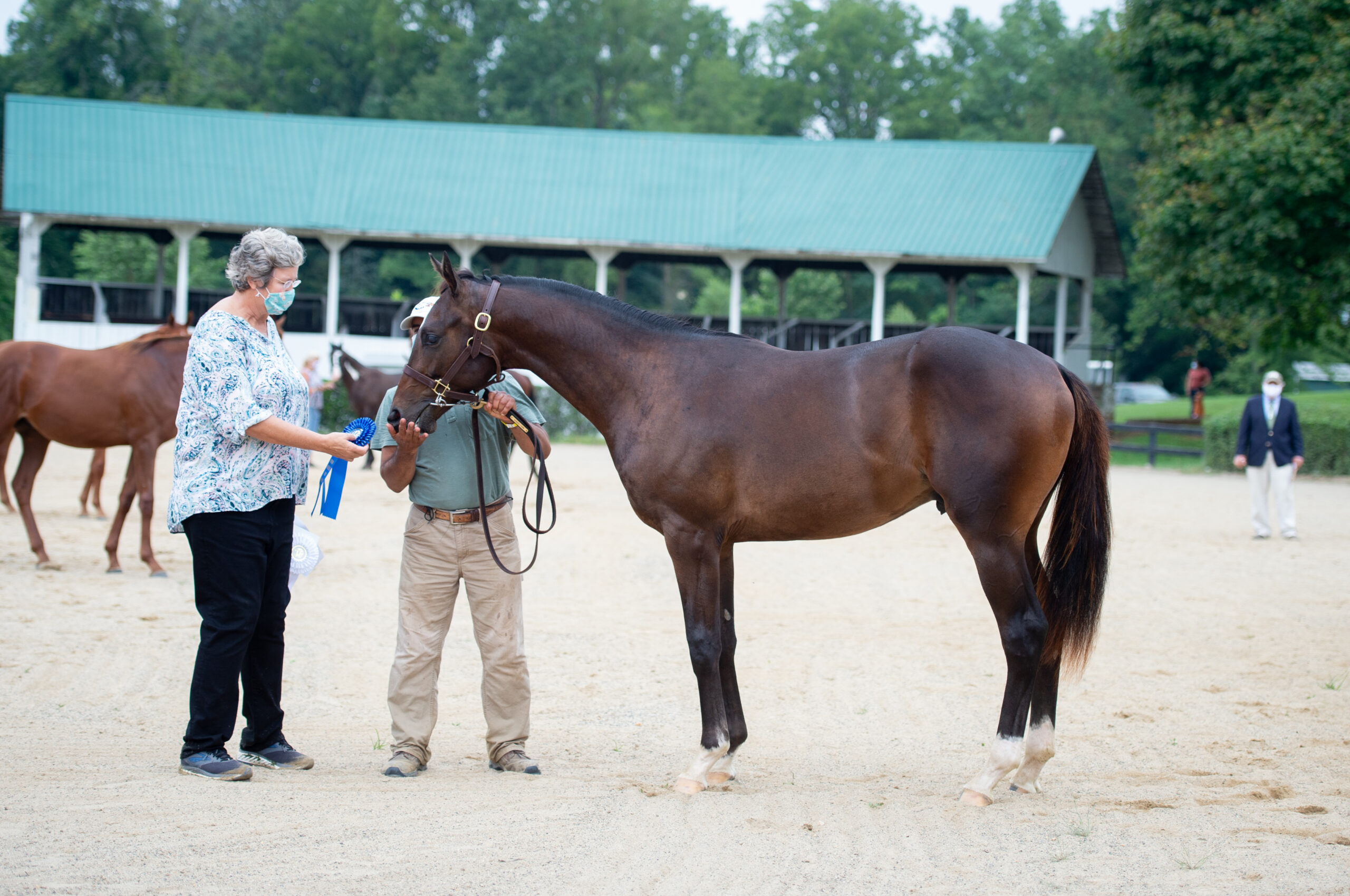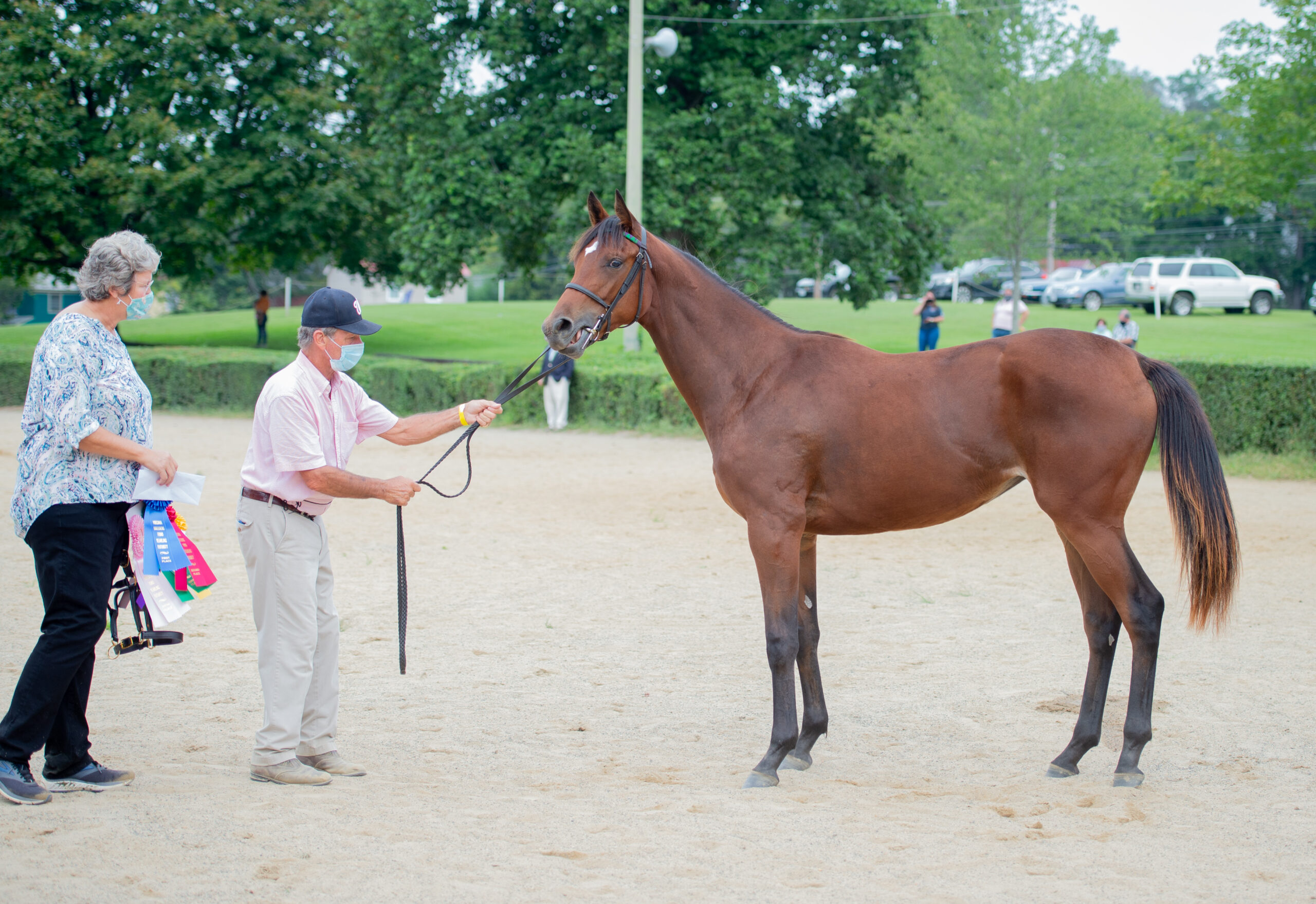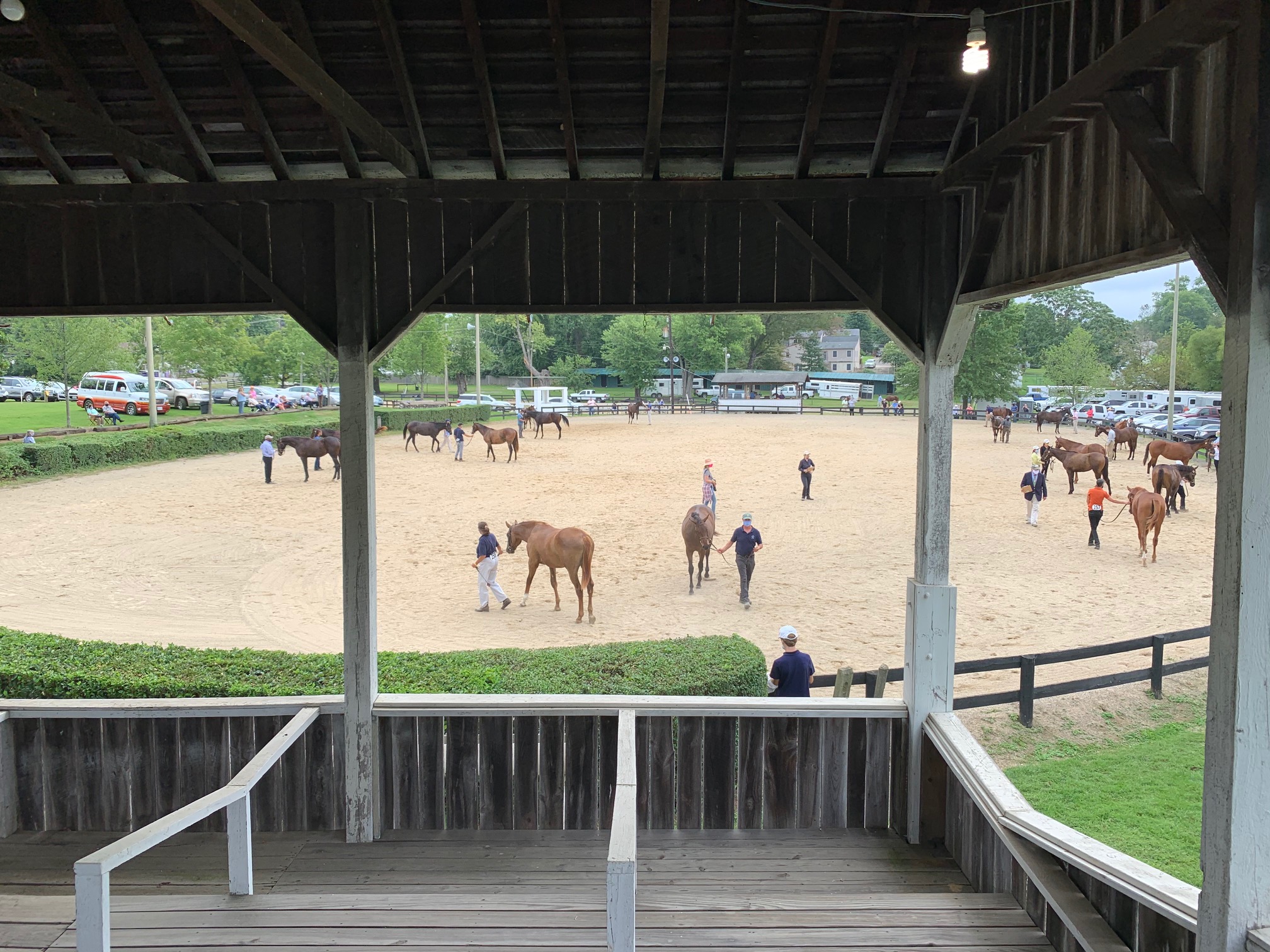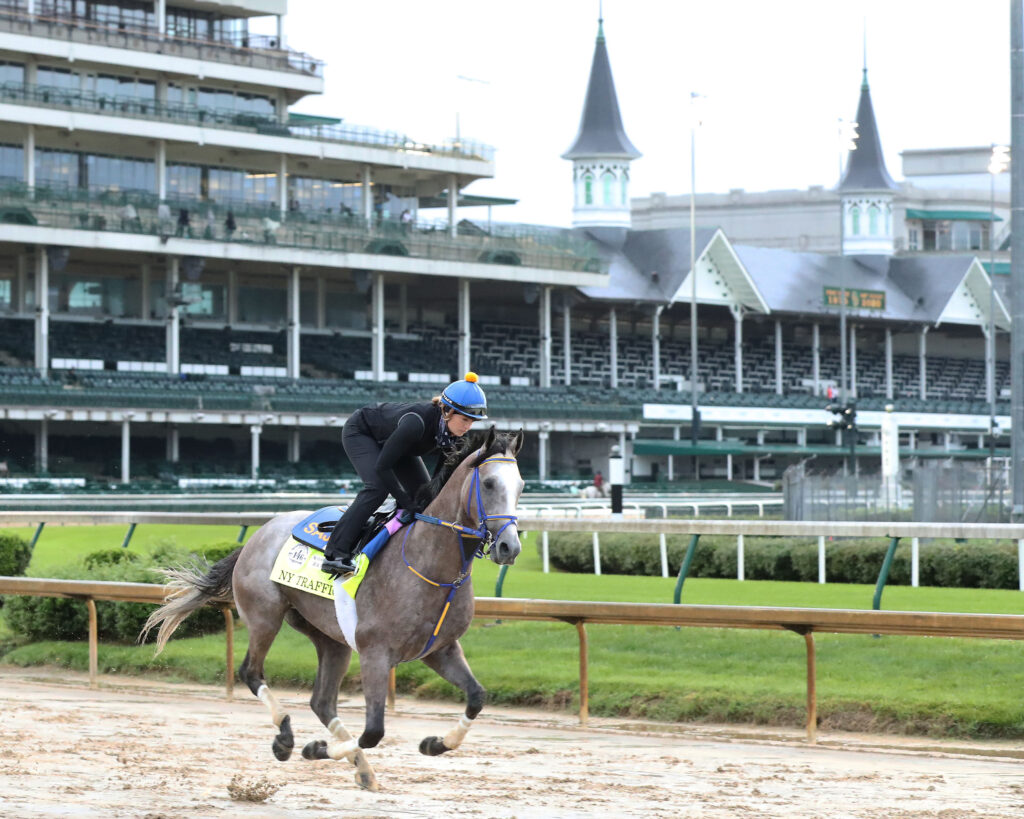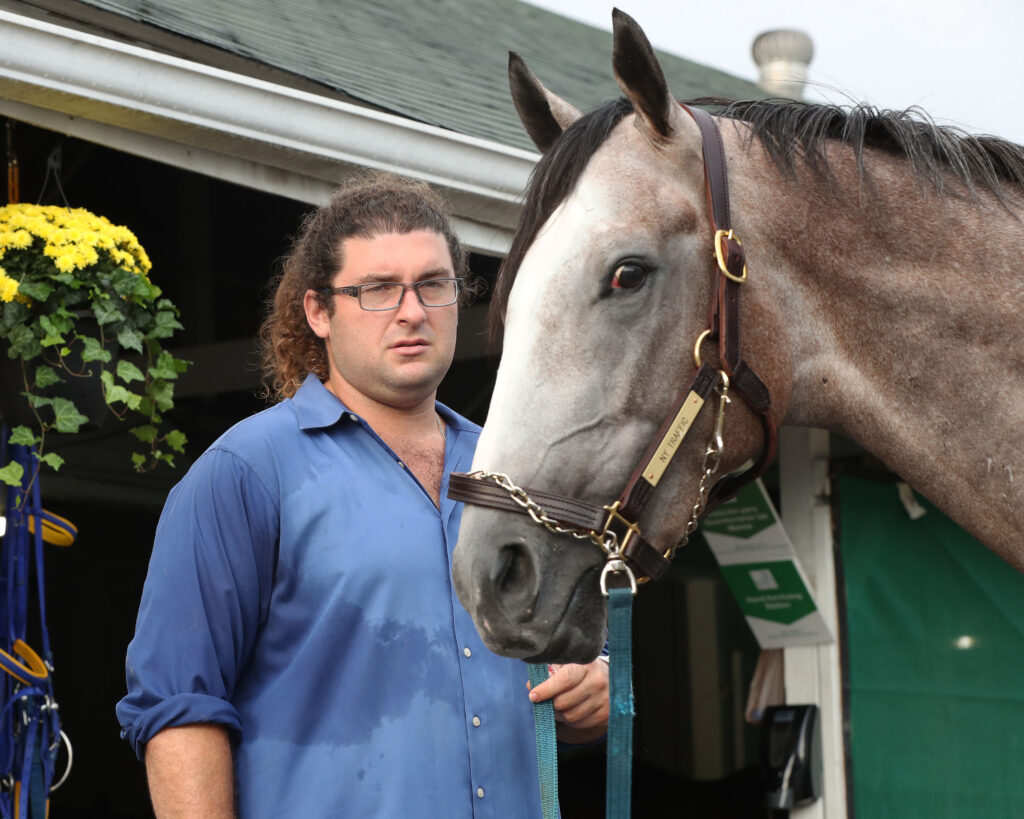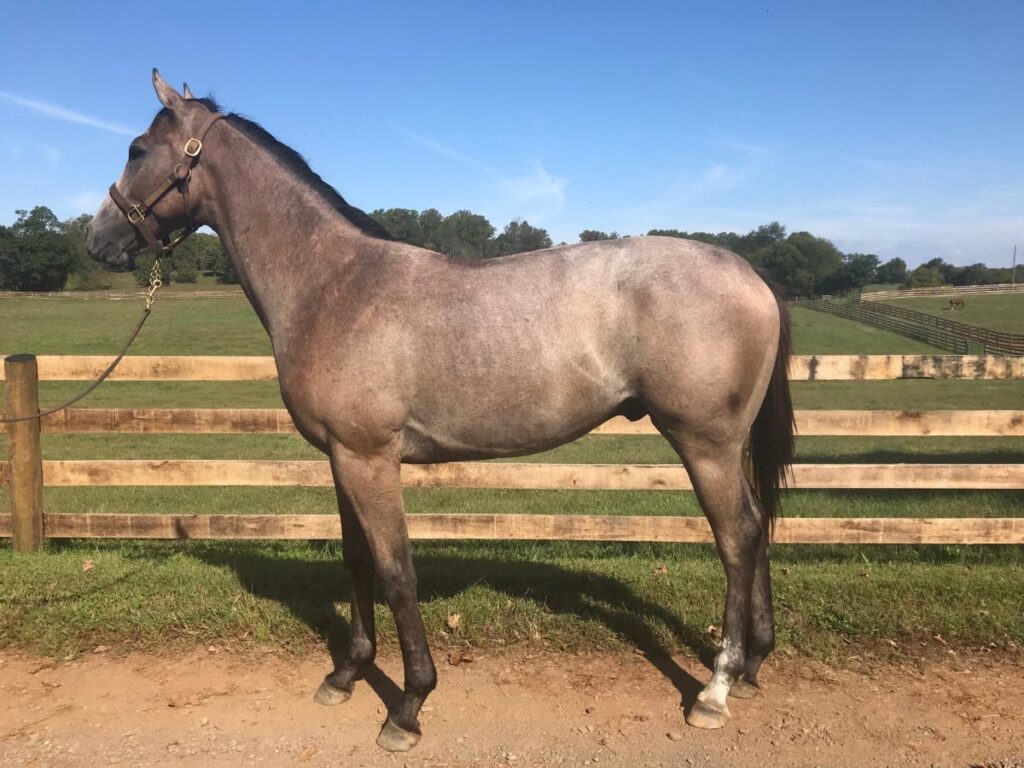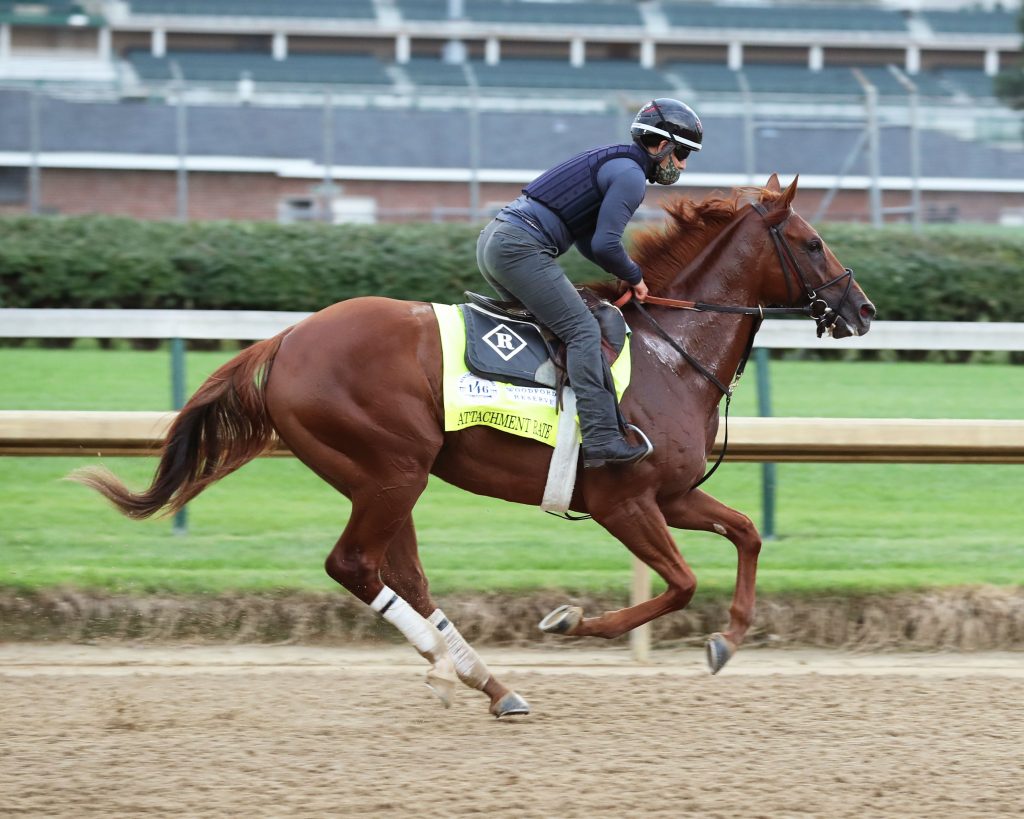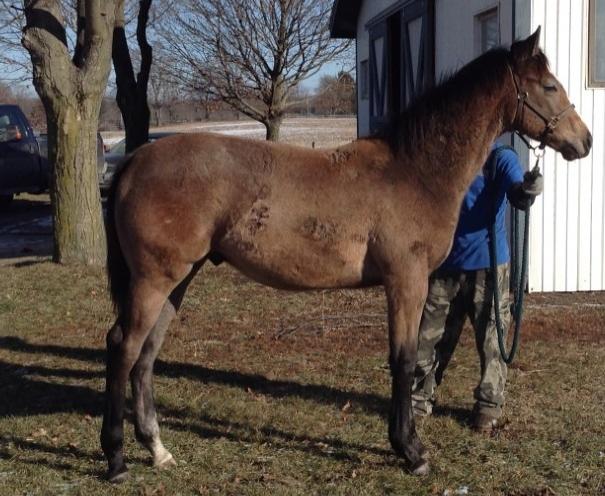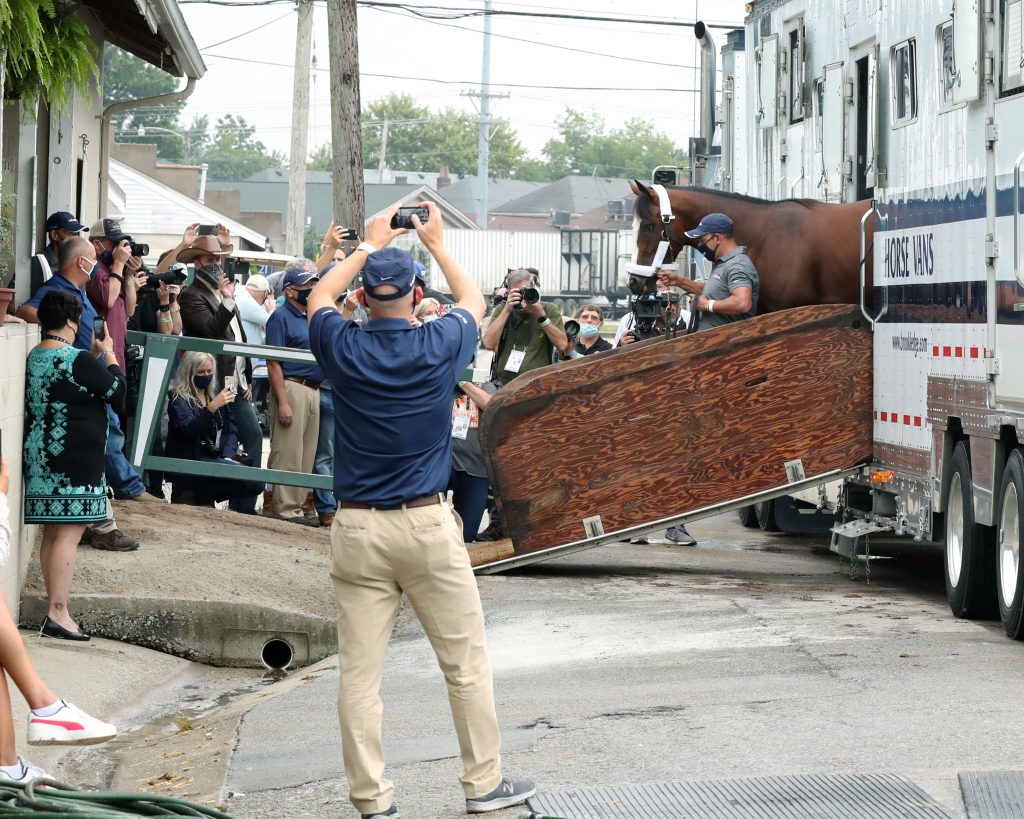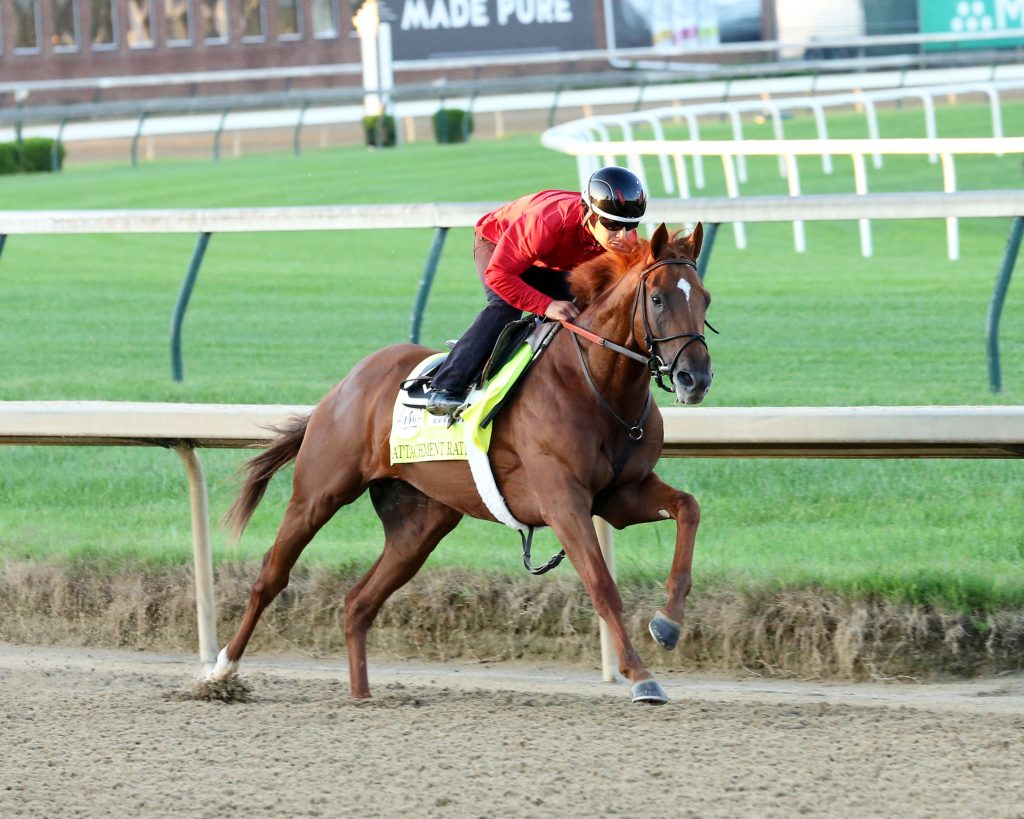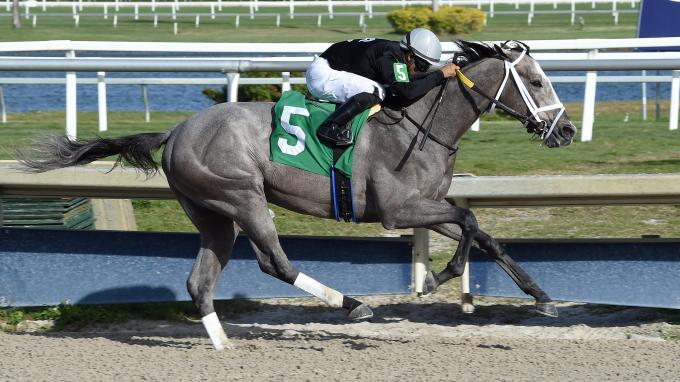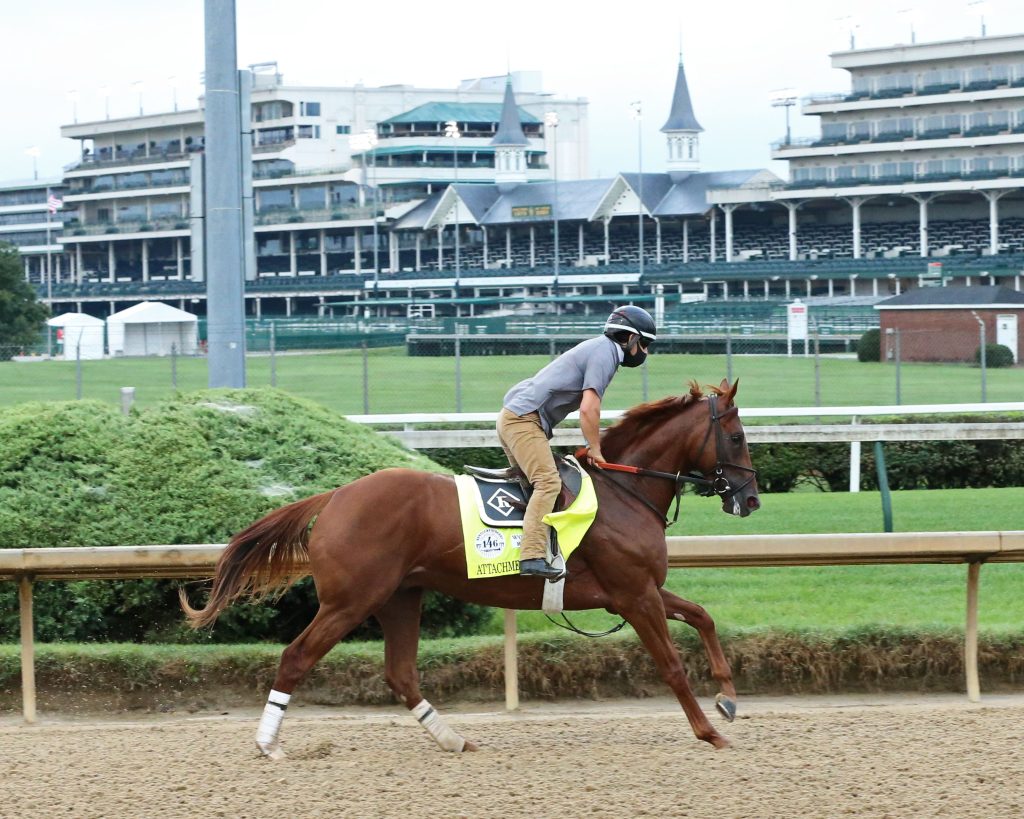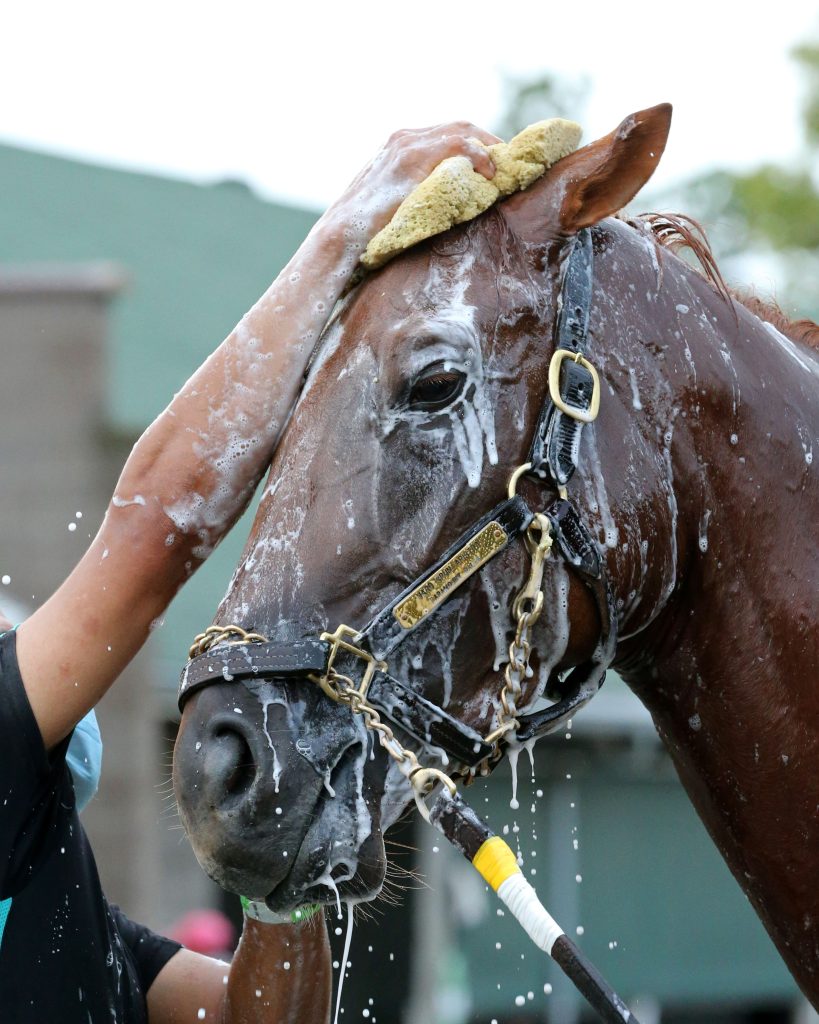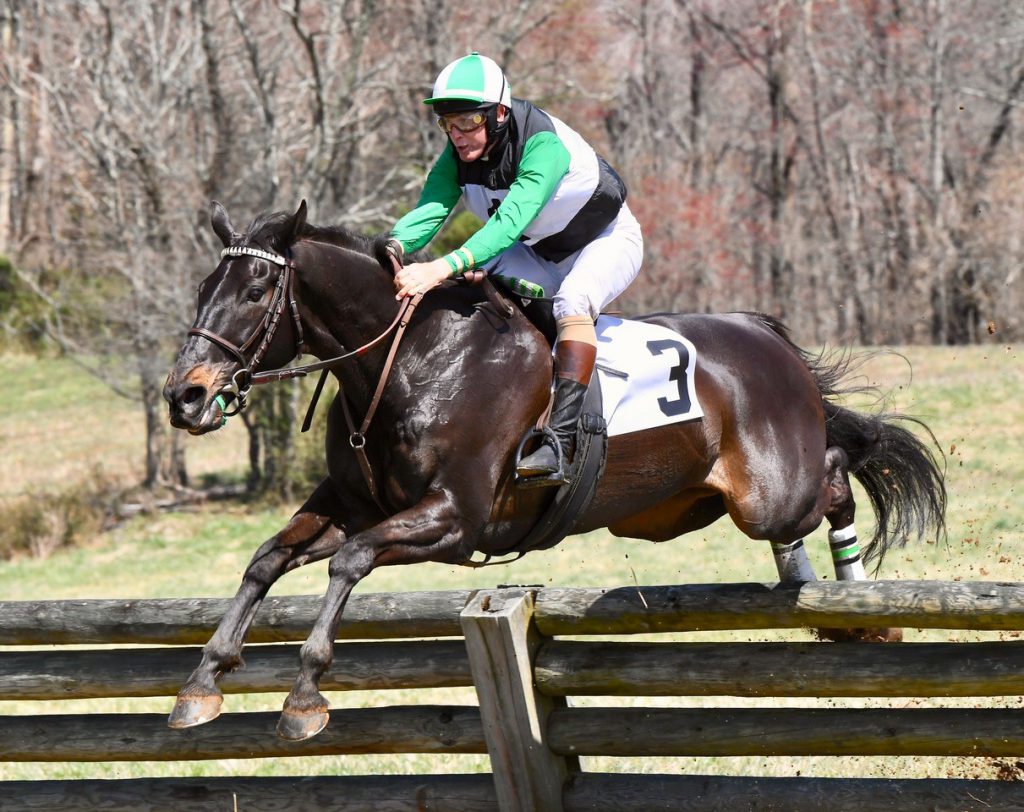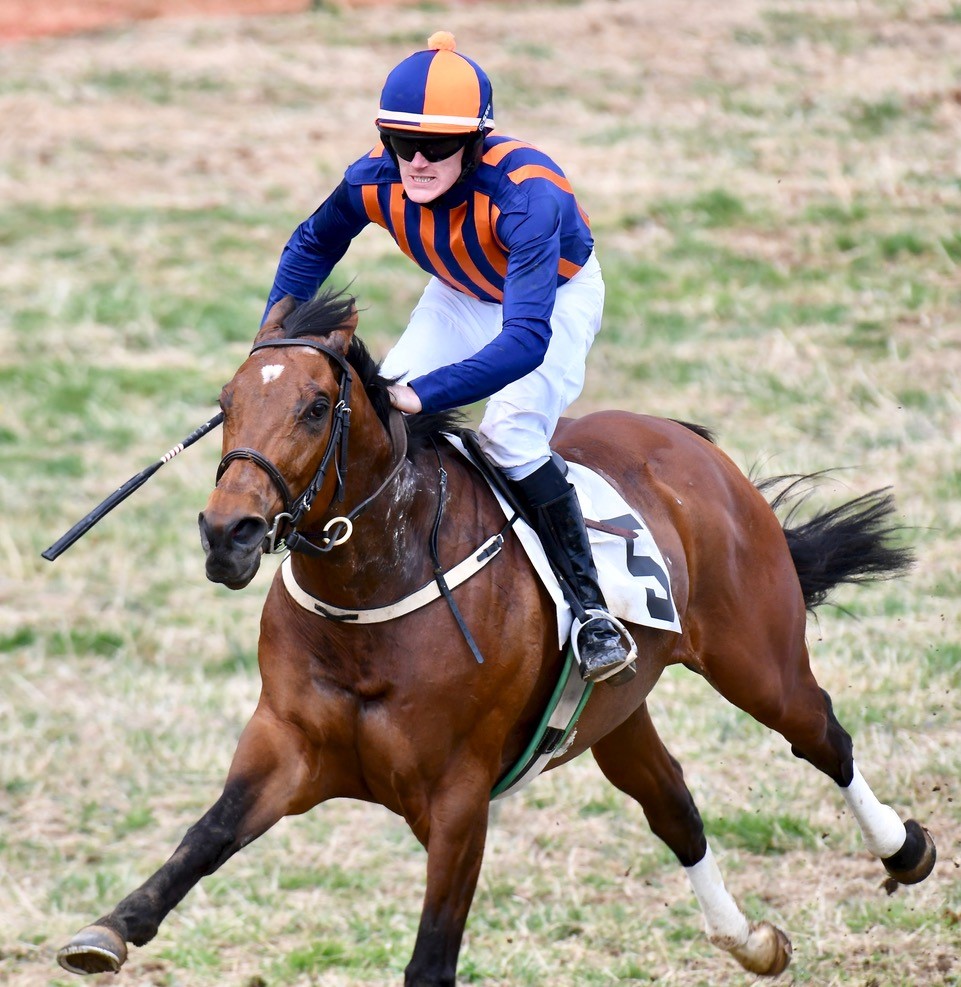
Established in 1922, the Virginia Gold Cup race meet in May attracts about 50,000 spectators, making it Fauquier County’s largest event.

The following appeared in Fauquier Now September 13, 2020 and was written by Don Del Rosso.
I’m confident we’ll go back somewhat closer to the old Gold Cup — that racing will have the usual, wonderful people come who love to cheer the horses.— Virginia Gold Cup Association President Will Allison
Faced with severe revenue challenges because of the coronavirus pandemic, the Virginia Gold Cup Association took unprecedented steps to salvage this year’s spring and fall steeplechase meets at Great Meadow near The Plains.
In March, VGCA board shut its office at 90 Main St. in Warrenton and later decided it would leave the storefront space to help reduce overhead costs.
A month later, the cash-strapped nonprofit group laid off its four-member paid staff.
“The COVID-19 epidemic shattered the financial position of the Virginia Gold Cup for 2020,” VGCA President Will Allison explained. “We were not allowed to sell the things we usually do to raise money” — most importantly admission tickets but also sponsorships to help support the spring steeplechase meet at the 374-acre course in Northern Fauquier.
Though the state’s social distancing mandates prohibited spectators, the organization still conducted the Virginia Gold Cup race meet, which dates to 1922, on June 27 — eight weeks later than normal.
VGCA ultimately refunded about $1 million in ticket sales money because spectators couldn’t attend the event, said Dr. Allison, a Warrenton dentist.
But the “generosity” of the Virginia Equine Alliance and the Virginia Horsemen’s Benevolent & Protective Association allowed the VGCA to hold the June races, he said.
The two organizations combined gave the VGCA $302,000 to fund the June meet’s purses, operational expenses and rent of Great Meadow, according to board Vice President Al Griffin, a Warrenton orthodontist.
VEA and VHPA get their revenue from a percentage of Virginians’ online bets on horseracing. The Gold Cup purses help support the state’s struggling horse industry.
“We couldn’t have (conducted the June 27 meet) without them,” Dr. Allison said of the two groups.
The spring and fall races last year produced $2.3 million in revenue, with expenses of $2.4 million, according the organization’s 2019 audit. The VGCA closed that gap using donations.
About 50,000 people attend the Virginia Gold Cup meet each spring — Fauquier’s largest event. The International Gold Cup races, which will take place Saturday, Oct. 24, at Great Meadow, normally attracts about 30,000.
Because of the pandemic, no spectators will be permitted to attend the fall races, Dr. Allison said.
But the Gold Cup association expects VEA and VHPA ultimately to contribute $250,000 to cover the vast majority of the fall race’s costs, said Dr. Griffin, who also serves as president of the National Steeplechase Association, which represents seven states along the East Coast, including Virginia.
VGCA ordinarily pays Great Meadow $250,000 per year to rent the property for the spring and fall meets.
But because the pandemic effectively stopped VGCA from generating revenue, the Great Meadow Foundation this year agreed to charge the association $125,000, Dr. Allison said.
“They’ve been very understanding,” he said.
The Gold Cup Association staff had occupied the Main Street storefront since 1975, according Dr. Allison.
It pays $2,300 on a month-to-month basis, he said.
Meanwhile, Dr. Allison continues to look for less expensive quarters.
VGCA has “around” $20,000 in the bank, he said.
“Every year — and I’ve been here since 1985 — sometimes we have a little excess” cash after the fall races, he explained. “Most of the time, we’re short. So, we always have to borrow” to pay expenses related to the next year’s spring meet.
The association recently learned The Fauquier Bank will extend it a $100,000 line-of-credit for that purpose, Dr. Allison said. The association plans to repay the loan with spring 2021 race revenue.
The board president remains “confident” that next spring’s races will include spectators, which means ticket, sponsorship and other revenue will return.
“We think certainly, by the turn of the new year, we’ll have a (COVID-19) vaccine,” Dr. Allison said. “We’ll have different restrictions, but I don’t think (the state) will impose” a 1,000-person cap on attendance.
He added: “Gold Cup’s outside. It has natural distancing. So those are favorable things. I’m confident we’ll go back somewhat closer to the old Gold Cup — that racing will have the usual, wonderful people come who love to cheer the horses.”
The pandemic and other factors have caused VGCA’s board to re-evaluate its business model, Dr. Griffin explained.
“What this pandemic has done has forced us to change and modify our way of doing business,” he said. “This is not just Gold Cup. It’s every race meet in America.”
For example, he believes livestreaming meets, which VGCA did last year, shows great promise.
“I think it has the opportunity to create (advertising) revenue for the sport,” he said. “It also increases the sport’s presence.”
Underscoring the importance of making more “efficient” use of resources, Dr. Griffin noted that major sporting events predominantly rely on “electronic” rather than over-the-counter sale of tickets.
“Less than 3 percent of our ticket sales were walk-in,” he said. “And so, we no longer need that (office) space. We don’t do business the same way that we used to 20 years ago. So that expenditure could be placed much better in our budget.”
VGCA will re-staff the operation, but “it’s too soon” to say how that would work, Dr. Griffin said.
Of all the association’s budget-slashing moves, layoffs proved the hardest, according to the two board leaders.
“They were well aware of our situation,” Dr. Allison said of the staff. “They realized we had no money for salaries, and we encouraged them to apply for unemployment. If you’re not selling tickets and setting up tents and all the things of a regular Gold Cup, there’s nothing to do.”
But, “It’s just enough to make you cry. They’ve been wonderful friends and help mates.”
Dr. Griffin called VGCA’s prospects “very positive.”
“We have been one of the very few race meets in America that have been able to actually run,” he said. “We were one of two in the spring. The other race meets — for various reasons — be it health restrictions or financial restrictions — could not run.”


